Support Game Show History
Consider a donation to preserve this important part of American pop culture.

Hours: 10 a.m.–5 p.m. | Fri. & Sat. till 8 p.m.
Preserving the history of game shows—from the earliest panel shows and quiz scandals to the classic games now in primetime.






Co-founded by veteran television producers Howard Blumenthal (Where in the World is Carmen Sandiego?) and Bob Boden (Funny You Should Ask), The National Archives of Game Show History focuses on acquiring the records and materials of the many professional producers, performers, directors, designers, writers, and staff members who have been involved in all facets of game show development, production, marketing, and distribution. The materials they provide—scripts, set designs, props, technical plans, marketing materials, creative plans, production plans, and more—form the heart of the archives. Read the Variety Magazine article.

These oral histories have been produced to tell the story of game shows and to serve as primary source material for future generations.
The conversations present the personal viewpoints of individuals who have worked in the world of game shows. The stories and perspectives interviewees offer are their own opinions and recollections, and the National Archives of Game Show History is honored to have the opportunity to record, preserve, and share them.
View All Oral HistoriesFrom the 1960s through the 1990s, Michael Brockman had tenures as head of daytime programming for ABC, NBC, and CBS, and oversaw many all-time favorite game shows in that role. Among other contributions, he put “Family Feud” on the air and rescued “The $10,000 Pyramid from cancellation.
Originally a disc jockey and a concert promoter who brought The Beatles to Hollywood, long-time master of ceremonies Bob Eubanks was at the helm of “Card Sharks”, “Dream House”, “Trivia Trap”, and more, but you remember him best for making “Whoopee” a household word during his 16 years on “The Newlywed Game”.


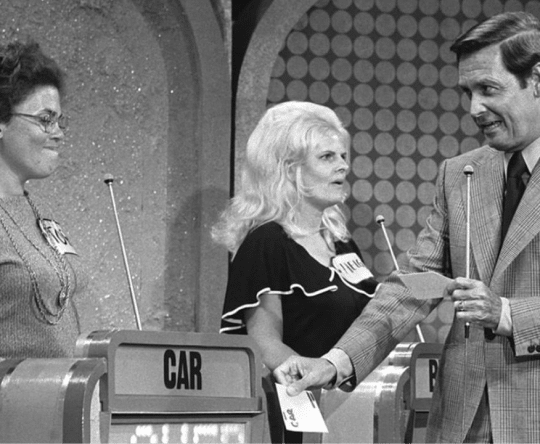

Head over to our Blog to learn more about the National Archives of Game Show History.

January 29, 2025
December 9, 2024
October 30, 2024
September 27, 2024

A BuzzerBlog Podcast
In conjunction with the National Archives of Game Show History at The Strong, BuzzerBlog presents a brand new podcast chronicling the stories of game show contestants from all walks of life.
See All PodcastsFrom the famous on-air personalities to the specialized experts who contribute to making the game show magic happen, these video oral histories provide unique insights into the world of game shows.
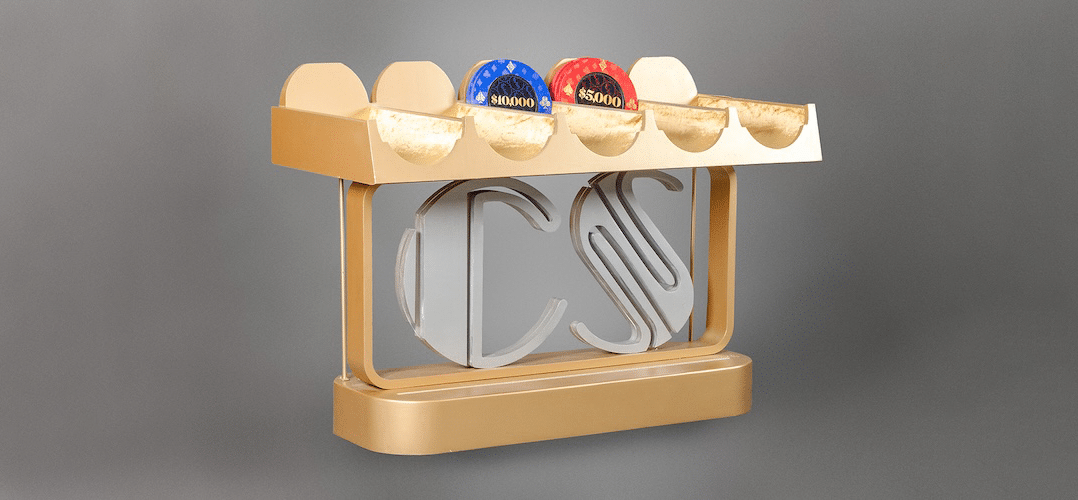
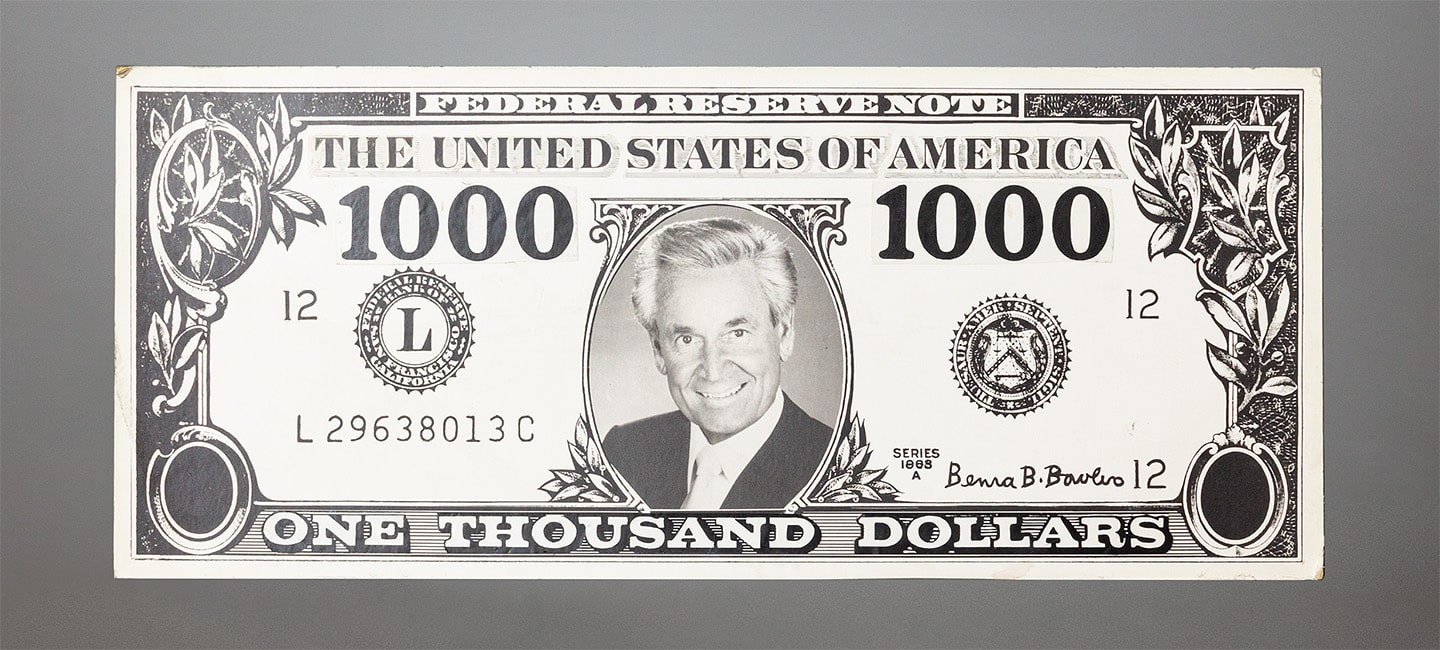
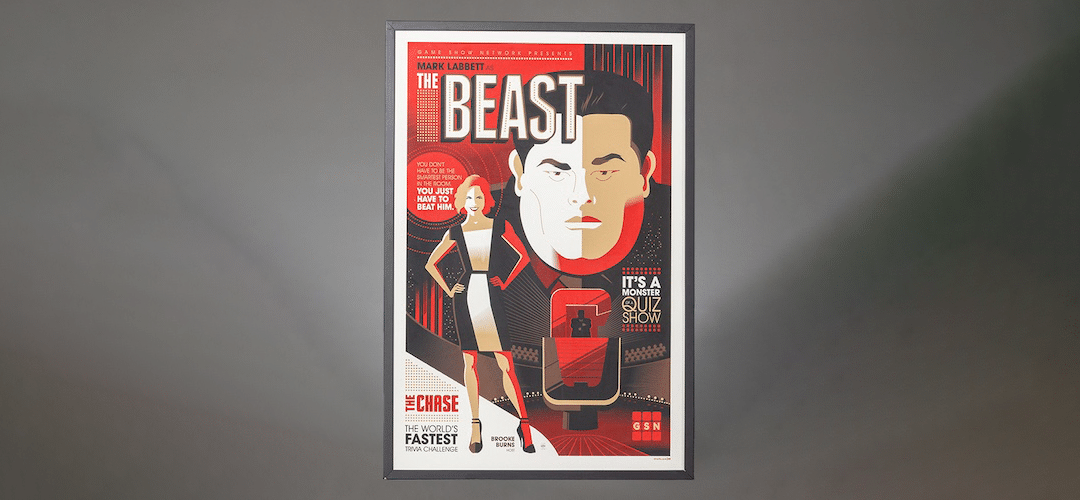
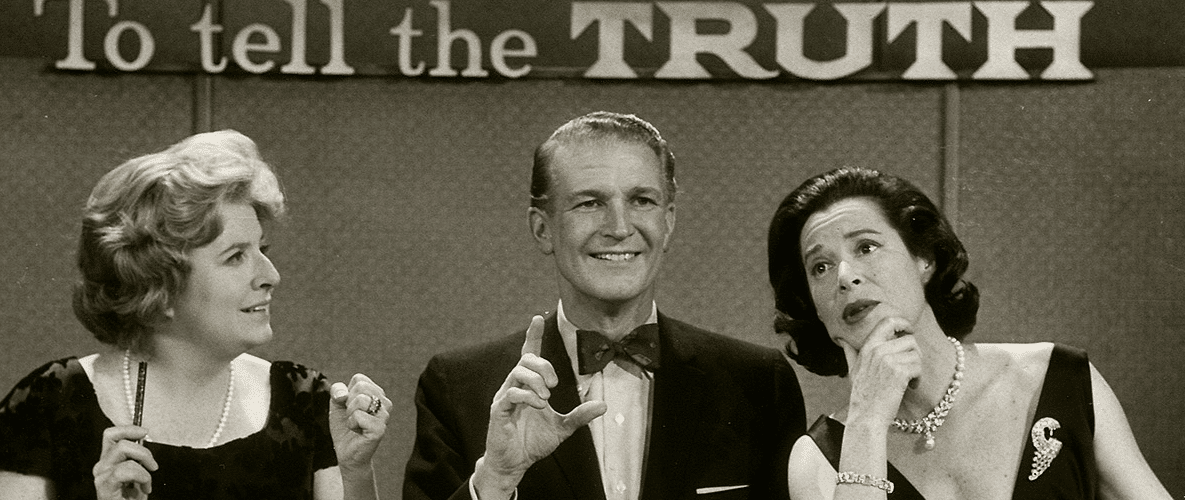
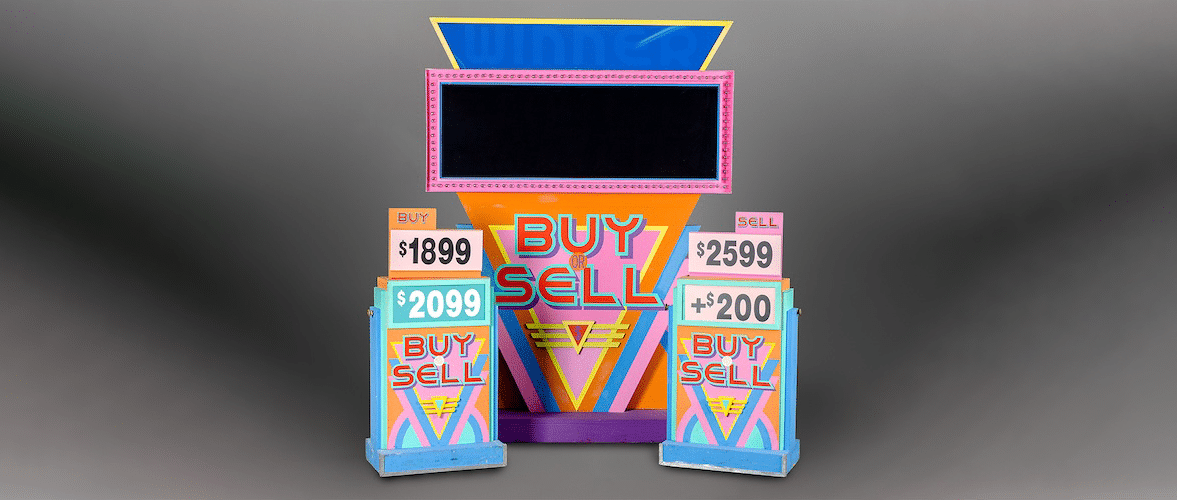
Learn more about the National Archives of Game Show History at The Strong.
Program development documents; program proposals; pilot and production scripts (some with notes from production personnel); materials related to hosts and players; scenic plans, renderings, construction drawings; materials related to music and sound effects; show rundowns; shell scripts; director’s notes; network notes; edit notes; publicity materials; and associated physical materials which may include costume designs, props, graphics, and more. These materials may be originals, copies, scans, facsimiles, depending upon what is reasonably available. All such materials shall be provided on an as-is basis.
The museum is aware that donors of papers, documents and other materials may not hold copyright or intellectual property rights to the content. The Strong provides those donors with clear and specific ways to designate the appropriate limitations involved with intellectual property.
The museum considers each potential acquisition carefully. The appropriate curator, librarian, or archivist evaluates each item or collection to make sure it supports the goals of The National Archives of Game Show History and does not duplicate items already in the museum’s holdings. When items or groups of items fit those criteria, the staff member responsible for the initial review presents a written justification for acquisition to The Strong’s Acquisitions Team. If that group agrees at its monthly meeting, a Deed of Gift form is prepared for the donor.
Once The Strong museum’s Acquisitions Team has officially accepted an item or a collection, the donor receives a Deed of Gift via email or U.S. Mail. A Deed of Gift is a formal document that transfers legal ownership of the donated item(s) to The Strong. Provisions within the document allow donors to choose how they want their donation acknowledged, to define or assign intellectual property rights, and to specify preferences for research access.
The Internal Revenue Service has determined that The Strong qualifies as a 501(c)(3) organization. In keeping with professional standards and accreditation requirements of the American Alliance of Museums, The Strong does not appraise items offered for donation. Donors are encouraged to seek the advice of counsel before claiming deductions for the purpose of computing income and heritance taxes under state and federal laws.
Items or collections offered to the museum should be complete (not missing significant parts) and in stable condition, but they do not have to be mint-in-box or look the way they did when new. It is not necessary to clean objects prior to offering them to The Strong. Curatorial and conservation staff members examine each artifact to assure that its condition will allow it to be preserved for future exhibition, research, and educational needs.
It’s not necessary to organize a collection prior to offering it to The Strong. Staff from the museum’s Collections Team will organize the materials after they arrive.
It’s not necessary to do cleaning or repair work prior to offering it to The Strong. Conservation staff will evaluate what steps are necessary once items are accepted by the museum.
In its early years, The National Archives of Game Show History will operate as a research facility, not as a display for general guests at The Strong museum. In the future, we may develop a public exhibit. However, donations are shared with a worldwide audience by way of the museum’s online collections, its library catalog, and its archives catalog. These databases serve as entry points for researchers, scholars, students, the media, and the public to locate pertinent material for their interests or projects.
Yes, you are welcome to make an appointment in advance with the museum’s staff so that they can provide you access to items not on display.
You can explore the history of games shows, and read full biographies of co-founders Howard Blumenthal and Bob Boden, please see the press kit.
For press inquiries, contact:
Shane Rhinewald
Senior Director of Public Relations
srhinewald@museumofplay.org
585-410-6365



Consider a donation to preserve this important part of American pop culture.